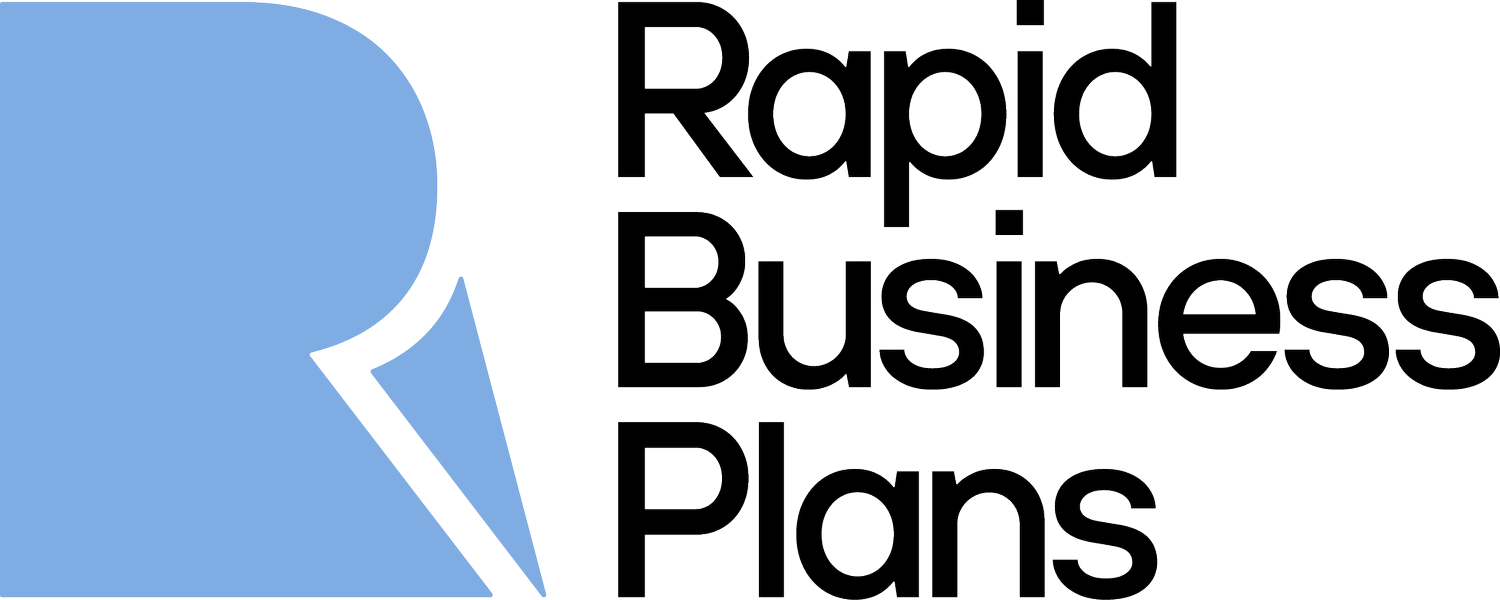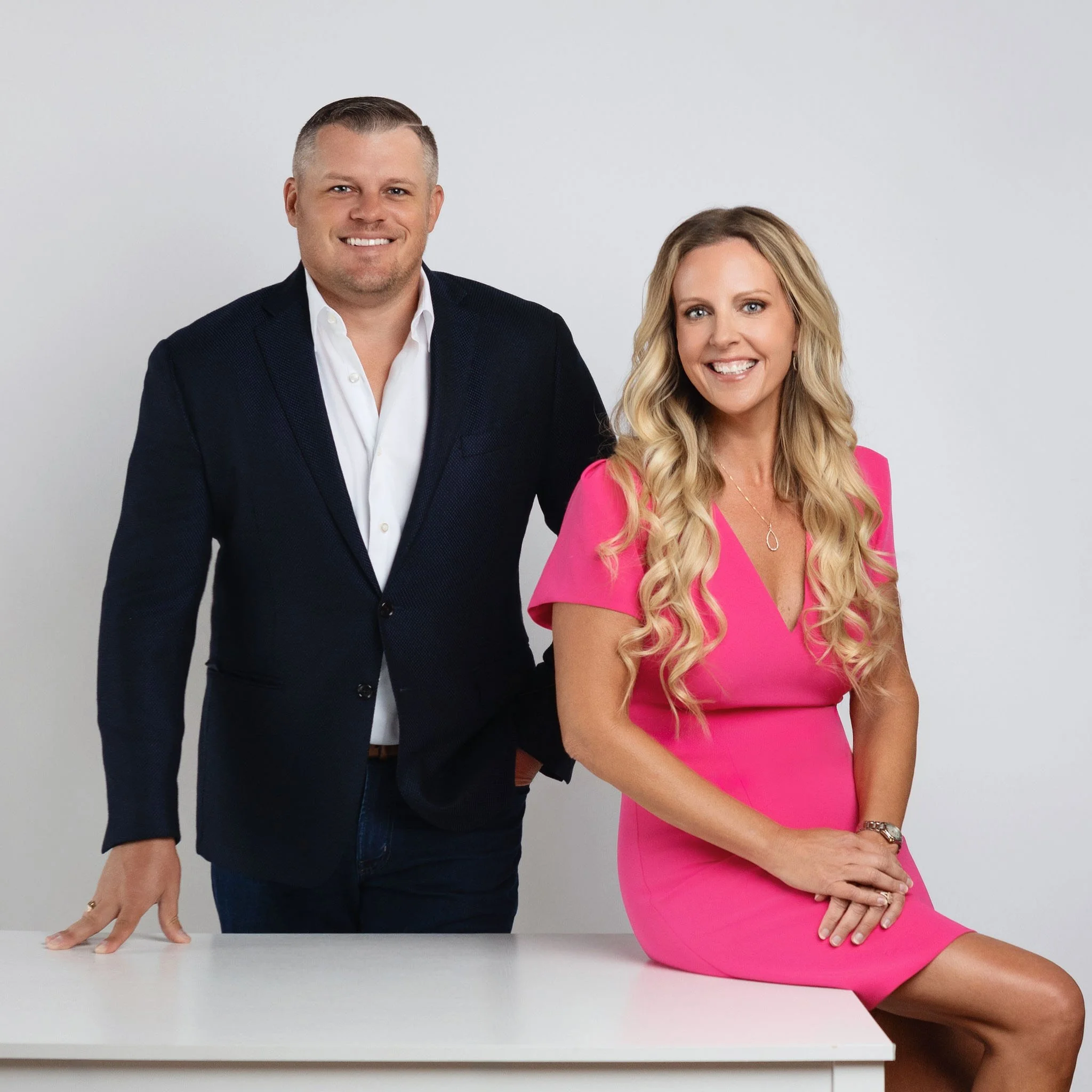What the SBA’s 72nd Anniversary Says About the Future of Small Business Lending
/Seventy-two years after its founding, the U.S. Small Business Administration (SBA) is taking a decisive step forward. With loan volumes rising, oversight tightening, and new initiatives aimed at revitalizing American industry, the agency is pushing toward a clearer, more focused version of its original mission. For entrepreneurs, lenders, and strategic advisors, this anniversary serves as a lens, sharpening how we think about risk, opportunity, and the evolving role of SBA-backed capital in today’s economy.
A Wave of Activity Backed by Policy Shifts
Since 1953, the SBA has guaranteed loans, supported disaster recovery, and opened doors for entrepreneurs who might otherwise be shut out of traditional financing. Today, with 99% of all U.S. businesses considered small, the SBA’s relevance has never been greater. And under Administrator Kelly Loeffler, the agency is taking a decisive stance: drive capital to high-impact sectors, modernize risk oversight, and make entrepreneurship more accessible, without compromising standards.
Loan Volume Is Up. So Is Precision.
In just the first six months of 2025, the SBA approved over $23 billion in 7(a) and 504 loans, a double-digit increase from the year prior. That includes nearly $2 billion in manufacturing loans and $3.7 billion in disaster lending. Volume matters, but so does where that capital flows. The agency is placing a sharper focus on domestic production through its “Made in America Manufacturing Initiative,” which is already beginning to reshape the industrial small business landscape.
For founders in supply chain restoration, fabrication, and advanced materials, these dollars can mean meaningful acceleration. But this is not open-ended funding. The SBA has tightened eligibility rules, reinstated guarantee fees, and reintroduced stricter underwriting to protect taxpayer interests and redirect capital to the most resilient operators.
This Isn’t About Bigger Lending. It’s About Smarter Lending
What we’re seeing isn’t just a growth surge. It’s a recalibration. Gone are the pandemic-era flexibilities that once allowed for looser guidelines and faster approvals. In their place is a more methodical approach, one that rewards discipline, transparency, and long-term viability.
This evolution should influence how entrepreneurs approach SBA loans going forward. Business plans can no longer rely on broad-stroke projections or templated language. They must demonstrate grounded assumptions, cash flow realism, and industry-specific context. Lenders are looking for intentionality, and the SBA is making sure of it.
A Shifting Economic Tide in Favor of Main Street
The optimism is real. Small business confidence, according to the National Federation of Independent Business, is above its 51-year average. Nearly half of business owners in a recent CNBC survey rated the economy as “excellent” or “good.” As capital becomes more selective, strategy becomes the differentiator.
And that’s where planning comes in. For early-stage businesses, acquisition targets, and even established brands expanding into new markets, a business plan is no longer just a tool to get funded. It’s a strategic document that must speak to new lending realities—where compliance, clarity, and calculated growth matter more than ever.
Where We Go From Here
As the SBA enters its 73rd year, it does so with clearer priorities and higher standards. That creates both friction and opportunity. The friction will come for those unwilling to adapt. The opportunity belongs to those who understand the system and can work within it with intention.
At Rapid Business Plans, we work at the intersection of capital access and strategy. We help founders and operators navigate the evolving SBA landscape with plans designed to meet the moment, structured, specific, and built for execution.
Planning to apply for an SBA loan or expand in a high-growth sector like manufacturing or disaster recovery?
Lets help you build a business plan that speaks the language of today’s SBA, and tomorrow’s lenders.




